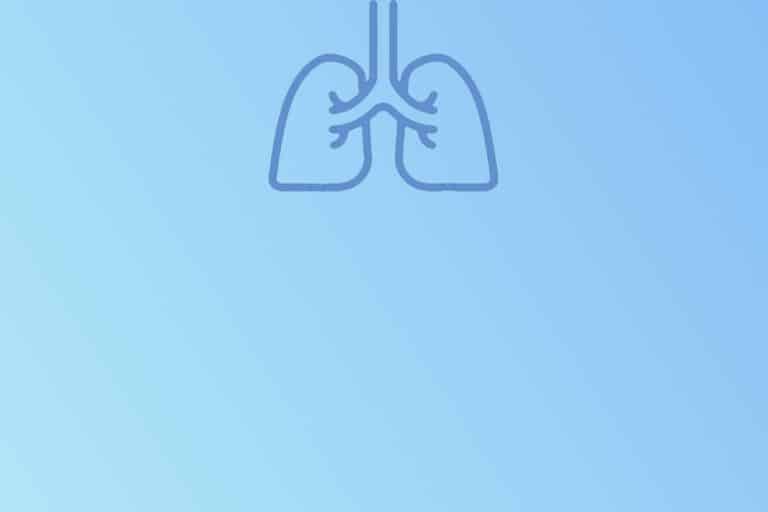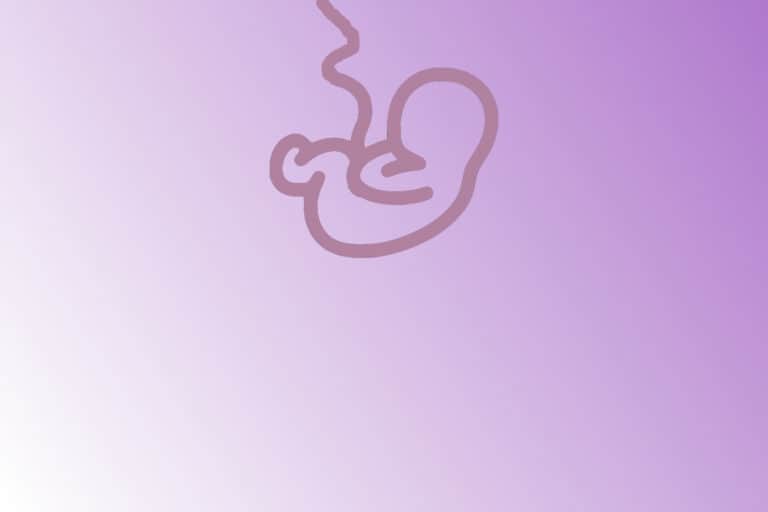Intraventricular hemorrhage
The intraventricular hemorrhage in the preterm infants usually originates in the germinal matrix (temporary developmental structure with significant vascular supply due to massive mitotic and metabolic activity). The structure is divided from the cerebral ventricles only by a thin layer of subependymal cells and disappears after 34 weeks of gestation – one of the reasons why the incidence of intraventricular hemorrhage (IVH) is inversely proportional to the gestational age (the more preterm the infant, the higher risk of IVH).
90% of IVH episodes happen during the first 72 hours of life due to the general aspects of preterm anatomy and physiology regarding the postnatal adaptation. The central nervous system of extremely preterm infants is highly susceptible to perinatal injuries due to the presence of immature vasculature in the germinal matrix and periventricular white matter.
Furthermore, the sensitivity of cerebral tissue to hypoxia-ischemia stems from already low baseline CBF and high oxygen consumption with increased oxygen extraction. In addition, myocardial dysfunction, decreased cardiac output and systemic hypoperfusion, commonly observed in the first postnatal days, can further aggravate the situation. Morbidities associated with CBF fluctuations include severe respiratory distress syndrome, perinatal asphyxia, perinatal sepsis, shock or seizures.
The multifactorial development of IVH can be associated with cerebral oxygenation fluctuations and systemic inflammation (chorioamnionitis). A typical example can be seen in reperfusion injury that may precede IVH. With myocardial function improving over the course of the first postnatal days, the initially low CBF can turn to relative cerebral hyperperfusion.
Neurologic morbidities, like IVH, significantly correlate with neurodevelopmental impairment. Perinatal brain injuries disrupt the coordinated growth of the whole brain, leading to diffuse deficits in cognitive function in survivors. In the late childhood and adolescence, we may observe neuropsychological abnormalities (inattention, hyperactivity, anxiety, socio-emotional problems). Furthermore, severe IVH grades (3-4) are associated with the development of cerebral palsy.
IVH classification – Papile
- Grade 1 (subependymal/germinal matrix hemorrhage located in the caudothalamic groove)
- Grade 2 (hemorrhage extending into the ventricle and filling < 50% of the volume of the ventricle)
- Grade 3 (enlarged ventricles)
- Grade 4 (IVH with parenchymal extension)
Diagnosis
Clinical signs
- mild grades (1-2) can be asymptomatic
- severe grades (3-4) => hypertonia/hypotonia, dysreflexia
- hemorrhagic shock (tachycardia, poor perfusion, hypotension, ventilatory deterioration)
- intracranial hypertension (apnea, bradycardia, vomiting, seizures)
Laboratory findings
- general workup (glycemia, blood gas, electrolytes, inflammatory markers, full blood count, coagulation workup)
- cerebrospinal fluid (hemorrhagic, increased protein = hyperproteinorrhachia)
Imaging
- bed-side cranial ultrasound
Therapy
General
- preventing preterm birth, antenatal corticosteroids
- vital functions stabilization (intubation and mechanical ventilation, volume therapy, blood transfusion)
Specific
- anticonvulsants (anti-epileptic drugs)
- post-hemorrhagic hydrocephalus requiring drainage (lumbar puncture, Ommaya reservoir, ventriculoperitoneal shunt)
References
① Vasudevan C, Levene M. Epidemiology and aetiology of neonatal seizures. Semin Fetal Neonatal Med. 2013;18(4):185-191. doi:10.1016/j.siny.2013.05.008
② Ellenbogen JR, Waqar M, Pettorini B. Management of post-haemorrhagic hydrocephalus in premature infants. J Clin Neurosci. 2016;31:30-34. doi:10.1016/j.jocn.2016.02.026





